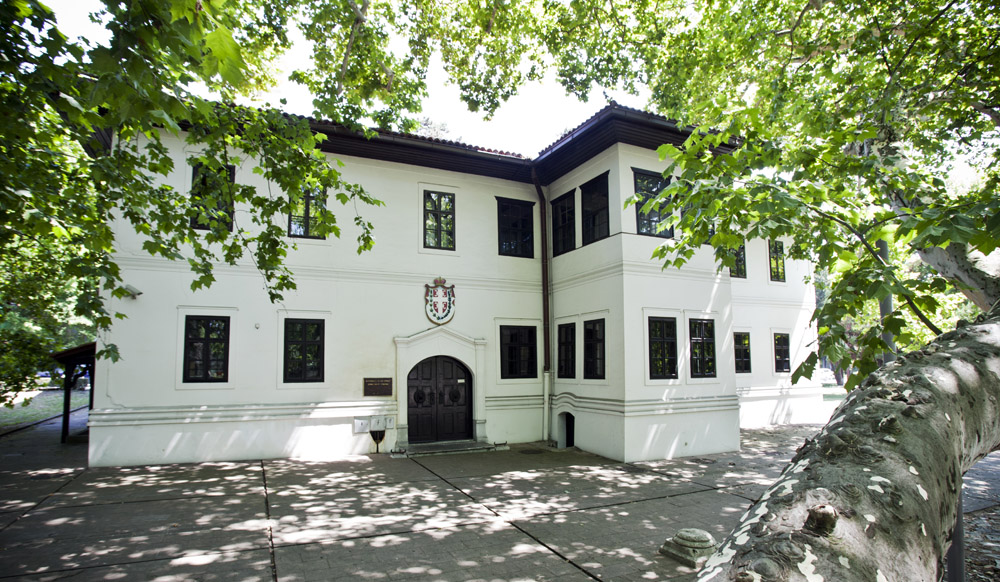A new permanent exhibition of the Historical Museum of Serbia has been put on display in the Residence of Prince Miloš in Topčider.
On the ground floor, the visitors can see six ambient units within the exhibition named Life in 19th-century Serbia, which deals with the changes of life style in 19th-century Serbia: the ambience of an Oriental town house as well as the typical interior of a European town house partially reconstructed, the differences between rural and urban households through the culture of food/nutrition, the intimate world of an individual, the creation of public spaces, and travelling – another important aspect of the life of an individual in 19th-century Serbia.
The ground floor also provides a few basic facts about Topčider, the suburb of Belgrade at the time, where Prince Miloš in 1831 built one of his official residences, as well as about its inextricable connection with the memory of Prince Miloš and the Obrenović dynasty.
The structure, the neoclassical elements on the façade and the interior decoration categorize the building as belonging to the group of rich Ottoman residences built throughout the Empire. As was typical of the residences of rich provincial governors and land owners, the main façade of the Topčider Residence also faced the garden, i.e. the Topčider park, which became a favourite Belgrade resort in the second half of the 19th century.
The exhibition on the upper floor named Miloš Obrenović – a dynasty, history, myth, is dedicated to Prince Miloš, the creator of modern Serbian state and to his immeasurable contribution to the liberation from the centuries-long Ottoman rule, as well as to the many significant roles played by his successors during 19th-century Serbian history: the creation of the modern Serbian state and its struggle for independence, the evolution of its modern political and social institutions, the rise of education, culture and science, and the development of the economy and social life.
[doptg id=”6″]


